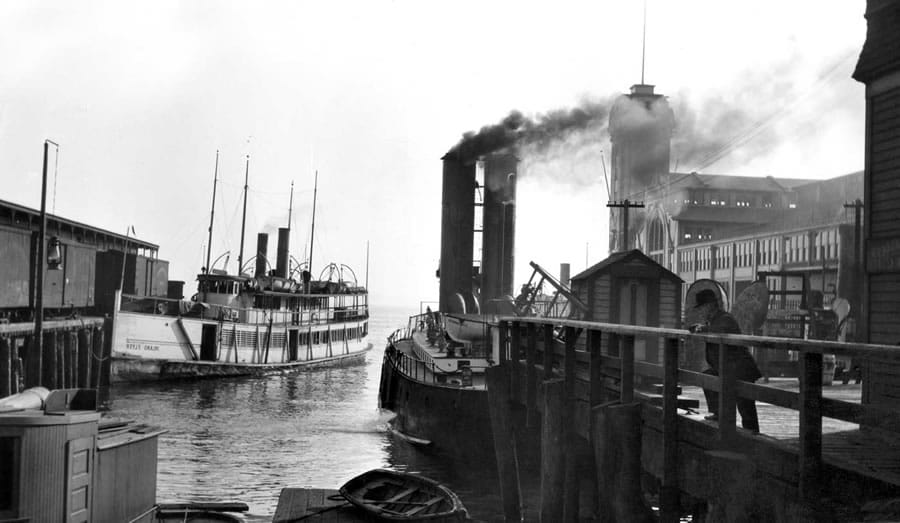
Depression of the 1890s Essay
The Depression of the 1890s was the most profound economic crisis of the 19th century USA provoked by the crisis in agriculture and railroads speculations.
A deep agricultural crisis that hit Southern cotton-growing regions and the Great Plains in the late 1880s was a precursor and one of the major causes of the economic crisis of the 1890s. In 1893 the shock hit Wall Street and urban areas as financial panic began under the impact of the collapse of railroad building, shaky railroad financing, which set off a series of bank failures, and a massive worldwide economic crisis. Along with the agricultural crisis, railroad speculations were the major cause of the economic depression of the 1890s.
Many mines were open and the market was overheated with their products, including silver, which was relative to gold in the US at the rate 16:1. A quarter of national railroads ran bankrupt. A series of bank failures followed railroads’ bankruptcies.
Unemployment rate skyrocketed and exceeded 20-25% among industrial workers. The high unemployment rate aggravated effects of the economic crisis deepening the economic depression even more. The agricultural crisis forced people to move westwards, where railroads and mines were growing. However, the overpopulation and railroad speculations provoked the high unemployment nationwide. The unemployment was a severe effect of the economic recession that stimulated the rise of the workers’ movement, accompanied by numerous strikes and the march on Washington by “Coxey’s Army” of unemployed workers. Many silver mines were closed because of the misbalancing the gold standard was shaken under the impact of the policy of bimetallism and silver flooding the market. Eventually, the economic crisis put the end to bimetallism and victory of the pro-gold policy.
Thus, the agricultural crisis and railroads speculations provoked the economic crisis accompanied by the high unemployment rate.

